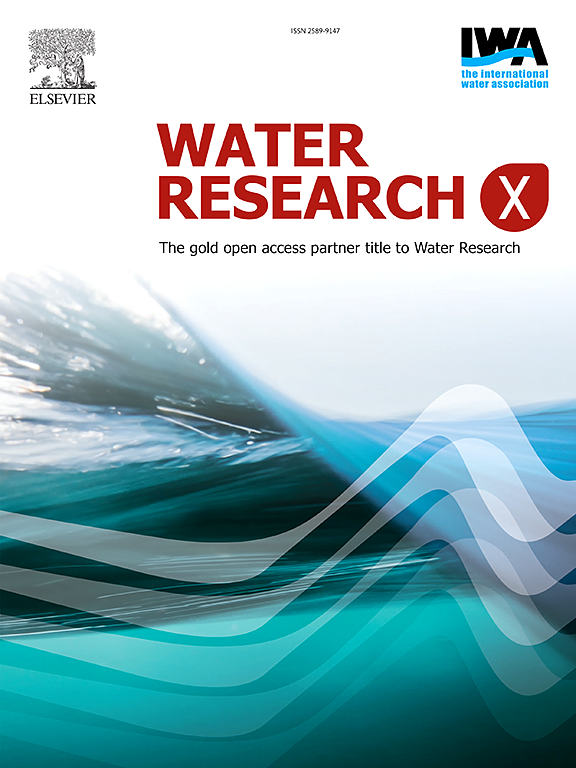多尺度方差划分揭示地下水污染的区域连通性:对饮用水安全的影响
IF 8.2
2区 环境科学与生态学
Q1 ENGINEERING, ENVIRONMENTAL
引用次数: 0
摘要
依赖地下水的农村社区面临越来越大的污染风险,但对实际饮用水源的大规模评估仍然很少。本研究开创了一个新的地质统计学框架,利用2349口地下水井作为韩国忠清南道无水地区人口的主要饮用水源,对污染模式进行量化。我们的综合分析显示,NO₃⁻-N是最紧迫的问题,16.1%的水井超过了国家饮用水标准。我们的分析揭示了前所未有的空间污染结构。硝酸盐表现出62公里的空间相干性,大大超过了微量元素的20公里范围。方差划分量化了相邻井在任何位置对硝酸盐变异的贡献为38 - 40%,表明整个区域含水层系统存在大量的水力互连。地方空间关联指标确定了6个农业乡镇为污染热点,平均硝酸盐浓度达到64.7 mg L -毒血症-超过安全饮用水限量的6倍。这些热点地区的耕地覆盖率为68%,而非热点地区的耕地覆盖率为33%。这些发现将对地下水污染的认识从局部现象转变为区域现象,需要流域尺度的管理,而不是逐井修复,以保护农村饮用水供应。本文章由计算机程序翻译,如有差异,请以英文原文为准。
Multi-scale variance partitioning reveals hidden regional connectivity in groundwater contamination: Implications for drinking water security
Rural communities dependent on groundwater face increasing contamination risks, yet large-scale assessments of actual drinking water sources remain rare. This study pioneers a novel geostatistical framework to quantify contamination patterns using 2349 groundwater wells that serve as primary drinking water sources for populations in unsupplied areas of Chungcheongnam-do, South Korea. Our integrated analysis revealed that NO₃⁻-N is the most pressing concern with 16.1 % of wells exceeding the national drinking water standard. Our analysis revealed unprecedented spatial contamination architecture. Nitrate demonstrated spatial coherence extending 62 km, vastly exceeding the <20 km ranges observed for trace elements. Variance partitioning quantified that neighboring wells contribute 38–40 % to nitrate variability at any location, indicating substantial hydraulic interconnection across the regional aquifer system. Local Indicators of Spatial Association identified six agricultural townships as contamination hotspots where mean nitrate concentrations reach 64.7 mg L⁻¹—over six times the safe drinking water limit. These hotspots exhibited 68 % cropland coverage compared to 33 % in non-hotspot areas. These findings transform understanding of groundwater contamination from local to regional phenomena, necessitating watershed-scale management rather than well-by-well remediation to protect rural drinking water supplies.
求助全文
通过发布文献求助,成功后即可免费获取论文全文。
去求助
来源期刊

Water Research X
Environmental Science-Water Science and Technology
CiteScore
12.30
自引率
1.30%
发文量
19
期刊介绍:
Water Research X is a sister journal of Water Research, which follows a Gold Open Access model. It focuses on publishing concise, letter-style research papers, visionary perspectives and editorials, as well as mini-reviews on emerging topics. The Journal invites contributions from researchers worldwide on various aspects of the science and technology related to the human impact on the water cycle, water quality, and its global management.
 求助内容:
求助内容: 应助结果提醒方式:
应助结果提醒方式:


